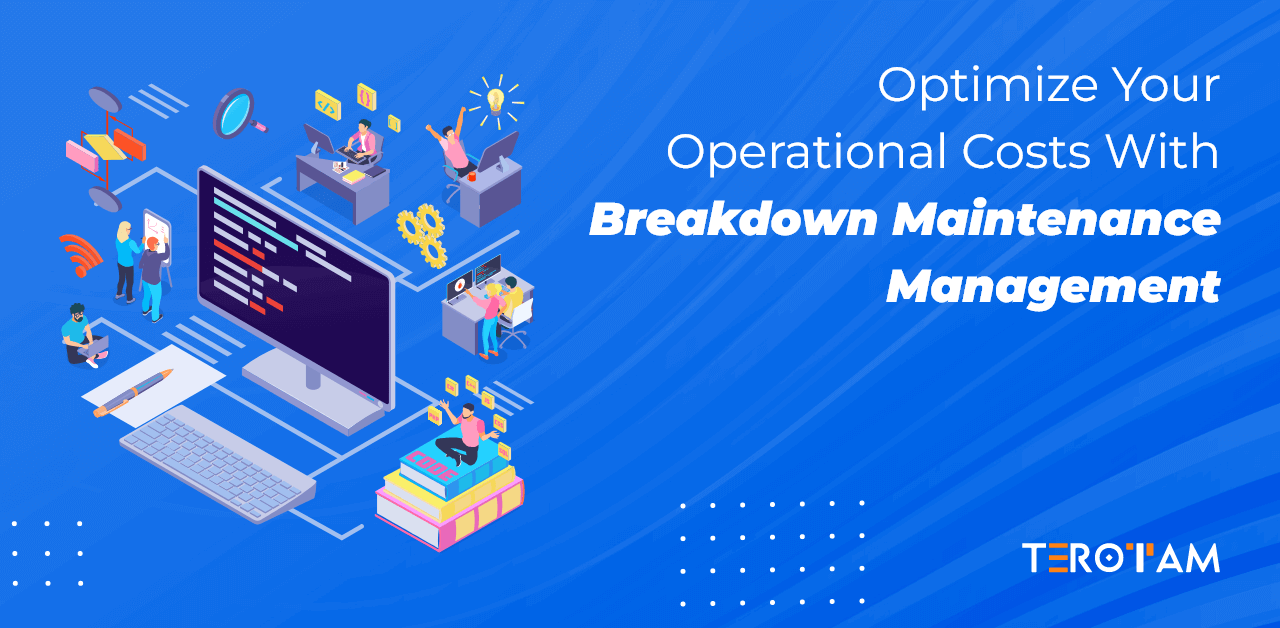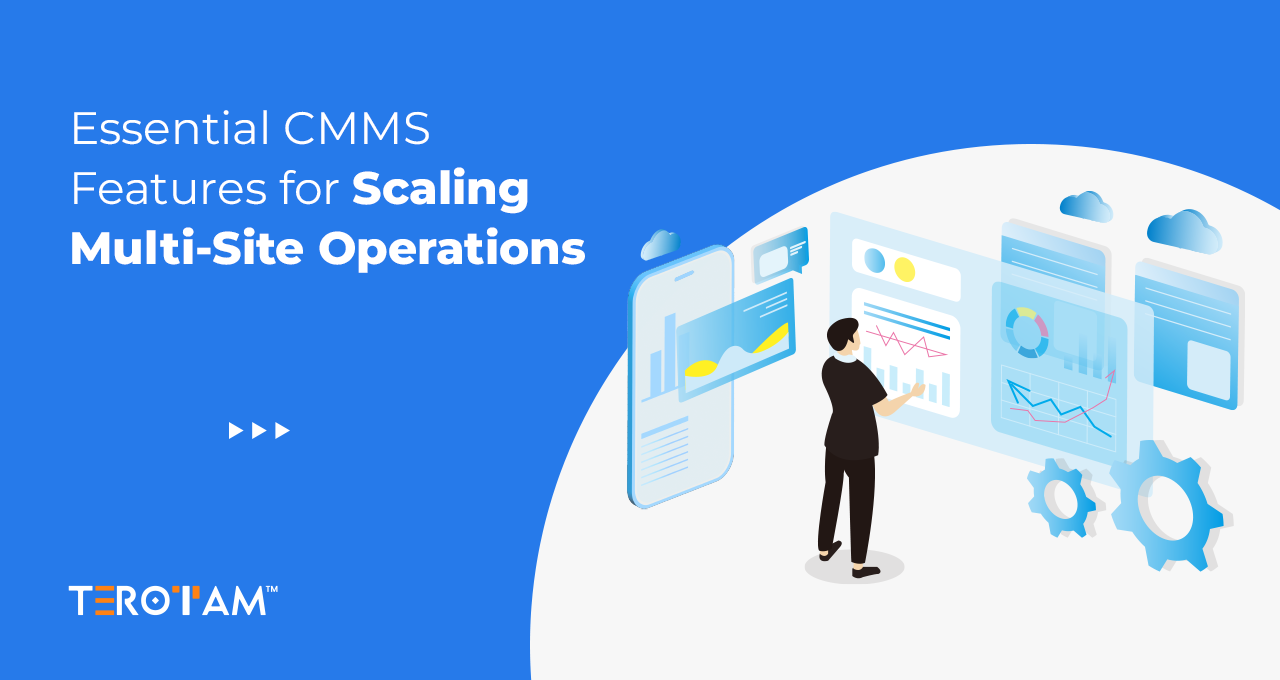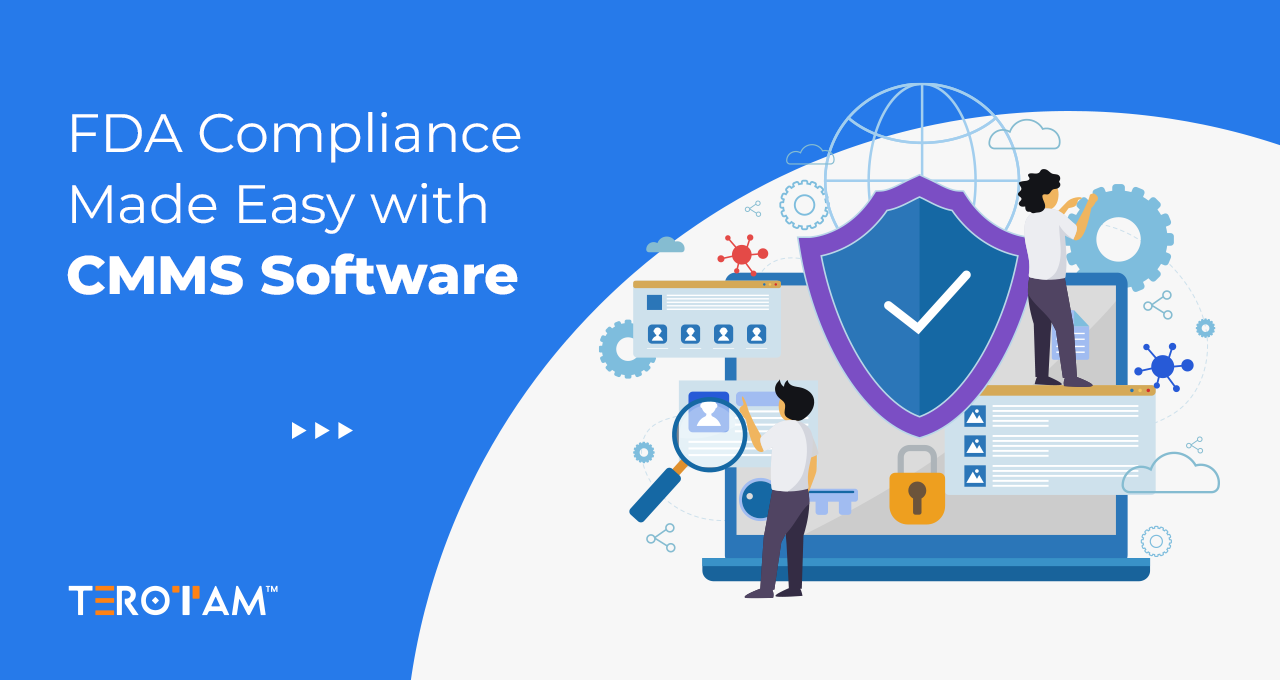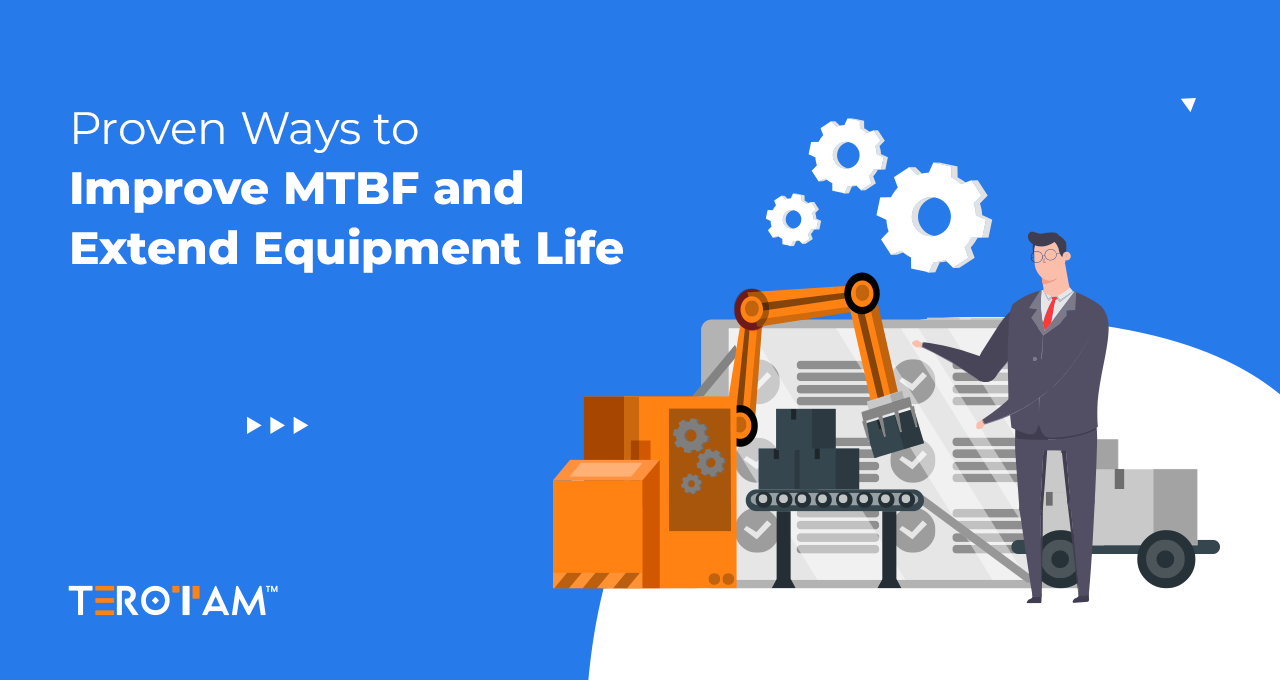Operational costs can significantly impact a business’s bottom line, and organizations strive to find effective ways to optimize these costs while maintaining productivity and efficiency. Breakdown maintenance is a maintenance strategy that focuses on repairing equipment or assets when they fail unexpectedly.
By implementing a well-designed maintenance program, businesses can minimize operational costs associated with preventive maintenance and increase overall efficiency. This article will provide a detailed guide on how breakdown maintenance can help you optimize the operational cost.
Let’s take a look.
What is the Correlation Between Breakdowns and Operational Costs?
There is a direct correlation between breakdowns and operational costs within an organization. Breakdowns can have a significant impact on various aspects of operational costs, including the following:
Emergency Repair Costs
When equipment or assets experience a breakdown, immediate repairs are often required to restore functionality. Emergency repairs tend to be more expensive than planned maintenance activities. The costs associated with rush delivery of spare parts, overtime labor, and expedited services from maintenance contractors can quickly add up and strain the operational budget.
Downtime Costs
Breakdowns result in equipment or asset downtime, during which they are unable to perform their intended functions. Downtime leads to lost production or service time, missed deadlines, delayed shipments, and dissatisfied customers. The longer the equipment remains inoperable, the greater the financial impact on the organization. Downtime costs can include both direct losses, such as missed revenue, and indirect costs, such as idle labor and overhead expenses.
Productivity Loss
Breakdowns disrupt workflow and productivity within the organization. When equipment fails, it can cause delays or interruptions in related processes or tasks. Employees may have to wait for repairs to be completed or find alternative workarounds, leading to reduced efficiency and lower overall productivity. Reduced productivity can result in increased labor costs per unit of output or reduced capacity utilization.
Reactive Maintenance Costs
Breakdowns often lead to reactive maintenance, where repairs are performed only after the equipment fails. Reactive maintenance tends to be more costly compared to proactive or preventive maintenance strategies. Instead of addressing minor issues before they escalate into major problems, reactive maintenance focuses on fixing failures as they occur. This approach can be more time-consuming, labor-intensive, and resource-demanding, resulting in higher operational costs.
Replacement Costs
In some cases, breakdowns may cause irreparable damage to equipment or assets, requiring their replacement. The costs associated with equipment replacement can be substantial, particularly for critical or high-value assets. Additionally, there may be expenses related to disposing of or decommissioning the damaged equipment.
Rework or Scrap Costs
Breakdowns can result in defective or faulty output that needs to be reworked or discarded, leading to additional costs. If a breakdown occurs during a production process, any unfinished or partially completed products may need to be scrapped, causing material waste and loss of labor and resources invested in the affected work.
Understanding Breakdown Maintenance
Breakdown maintenance, also known as reactive maintenance or run-to-failure maintenance, is a maintenance strategy that focuses on repairing or addressing equipment failures when they occur unexpectedly. Instead of performing regular preventive maintenance activities, this practice of maintenance relies on reactive responses to equipment breakdowns or malfunctions. It involves addressing failures as they happen, with the primary objective of restoring the failed equipment to its normal operational state as quickly as possible.
There are two types of Breakdown Maintenance that can be implemented.
Unplanned Breakdown Maintenance
Unplanned breakdown maintenance refers to the reactive and unexpected repairs or interventions required to address equipment failures that occur without prior warning or indication. When equipment breaks down unexpectedly, maintenance teams respond to the failure and perform immediate repairs to restore functionality. Unplanned breakdown maintenance is characterized by the urgency to minimize downtime and disruptions, often resulting in higher costs due to emergency repair expenses, increased downtime, reduced efficiency, and potential safety risks.
Planned Breakdown Maintenance
Planned breakdown maintenance, also known as controlled or scheduled breakdown maintenance, is a deliberate approach where equipment failures are anticipated and scheduled for maintenance activities. Organizations should strategically plan for equipment breakdowns, taking into account factors such as equipment life cycle, usage patterns, and historical data. Planned breakdown maintenance allows for optimal resource allocation, efficient scheduling of repairs, and potential cost savings by aligning maintenance efforts with the equipment’s expected failure points and optimizing downtime for repairs.
Breakdown Maintenance – A Quick Fix to optimize your operational costs
This approach allows for cost savings in terms of reduced maintenance labor, spare parts inventory, and planned maintenance downtime. It prioritizes immediate functionality over long-term cost optimization, making it a quicker and more cost-effective approach for equipment with lower criticality or where the consequences of failure are minimal.
However, it is important to note that this may not be suitable for all equipment or situations, and a comprehensive maintenance strategy that includes a mix of preventive and predictive maintenance approaches should be considered for optimal cost reduction and equipment reliability.
How to Optimize Organization’s Operational Costs with Breakdown Maintenance?
Let’s take a quick look at breakdown maintenance process and how to implement it to reduce the operational expenses.
Conduct a comprehensive asset assessment
To begin optimizing operational costs, it is crucial to conduct a thorough assessment of all assets within the organization. Identify critical equipment, machinery, and systems that are prone to failure and can significantly impact productivity and costs when they break down. Categorize assets based on their criticality and prioritize maintenance efforts accordingly.
Implement condition monitoring
To effectively practice breakdown maintenance, implement condition monitoring techniques such as vibration analysis, thermography, oil analysis, and equipment inspections. These methods help detect early signs of equipment deterioration or impending failure, allowing maintenance teams to intervene before a catastrophic breakdown occurs. By identifying potential failures in advance, businesses can reduce downtime and avoid costly emergency repairs.
Develop a proactive maintenance plan
Based on the asset assessment and condition monitoring results, develop a proactive maintenance plan that outlines specific actions to be taken for each asset. This plan should include guidelines on when and how to intervene based on the asset’s condition. Proactive maintenance aims to perform repairs or replacements at the most optimal time to minimize costs and maximize asset lifespan.
Optimize spare parts inventory
Maintaining an extensive inventory of spare parts can tie up significant capital and lead to unnecessary costs. By analyzing historical breakdown data and failure patterns, organizations can optimize their spare parts inventory. Focus on stocking critical components that are most likely to fail frequently or have long lead times for replacement. Establish partnerships with suppliers for quick and efficient delivery of spare parts when required.
Train and empower maintenance teams
Invest in training and empowering maintenance teams to handle such maintenance efficiently. Equip them with the necessary skills and knowledge to diagnose problems accurately, make prompt repairs, and document maintenance activities. Providing ongoing training and encouraging proactive thinking within the maintenance team will enhance their ability to optimize operational costs through this maintenance approach.
Leverage technology and data analytics
Incorporate modern maintenance management software and data analytics tools to streamline breakdown & its maintenance processes. Utilize real-time data and analytics to identify trends, track asset performance, and make data-driven decisions. Predictive maintenance software can also be employed to forecast potential breakdowns, enabling proactive interventions and further cost optimization.
Establish performance metrics and continuous improvement
Define key performance indicators (KPIs) to measure the effectiveness of the breakdown maintenance program. Metrics such as mean time to repair (MTTR), mean time between failures (MTBF), and equipment uptime can provide insights into maintenance efficiency and cost optimization. Continuously review and analyze these metrics to identify areas for improvement and implement corrective actions accordingly.
What are the Major Challenges of Breakdown Maintenance?
While breakdown maintenance can offer certain advantages, it also presents several challenges that organizations need to address. Some of the major challenges include:
Higher Repair Costs
Emergency repairs performed during this maintenance approach are often more expensive than planned maintenance activities. Rush delivery charges for spare parts, overtime labor costs, and emergency service fees from external contractors can significantly increase maintenance expenses.
Safety Risks
Equipment breakdowns can introduce safety hazards and increase the risk of accidents or injuries to employees. Reactive repairs performed in urgent situations may not allow for thorough safety assessments, potentially compromising workplace safety.
Limited Asset Lifespan
By relying solely on breakdown maintenance, organizations may inadvertently reduce the lifespan of their equipment. Frequent breakdowns and reactive repairs can cause additional wear and tear, leading to accelerated equipment degradation and shorter asset life cycles.
Unpredictable Production Planning
Breakdowns can disrupt production planning and scheduling. With unpredictable failures, it becomes challenging to optimize resources, plan maintenance activities, and ensure smooth production flow. This uncertainty can result in inefficient utilization of labor, materials, and equipment.
Lack of Data-Driven Decision Making
This approach often lacks comprehensive data collection and analysis. Without proper monitoring and data-driven insights, it becomes difficult to identify underlying causes of failures, track trends, and make informed decisions to improve maintenance practices and optimize asset performance.
Preventive Maintenance vs Breakdown Maintenance – Which one is better?
Preventive Maintenance:
Proactive Approach: Preventive maintenance focuses on scheduled inspections, servicing, and repairs to prevent equipment failures before they occur.
Increased Equipment Reliability: Regular maintenance helps identify and address potential issues early, reducing the risk of breakdowns and improving equipment reliability.
Cost Savings: By preventing breakdowns, organizations can avoid costly emergency repairs, minimize downtime, and optimize the lifespan of assets.
Breakdown Maintenance:
Reactive Approach: Breakdown maintenance involves addressing equipment failures after they occur, focusing on immediate repairs to restore functionality.
Quick Response: It allows for a prompt response to failures, minimizing downtime and disruptions.
Cost Considerations: It also can be cost-effective for low-criticality equipment or situations where the cost of preventive maintenance outweighs the potential losses from downtime.
Right Blend of Preventive and Breakdown Maintenance – The Ultimate Operational Cost Optmizer..!!
While both maintenance approaches have their merits, preventive maintenance is generally considered better for optimizing operational costs and equipment reliability. It helps identify and address issues proactively, reducing the frequency and impact of breakdowns. However, the suitability of each approach depends on factors such as equipment criticality, cost considerations, and risk tolerance. Combining both of the maintenance strategies in a comprehensive maintenance plan is often recommended for optimal maintenance effectiveness.
The combination of both can leverages the strengths of both approaches. Breakdown maintenance provides quick responses to failures, while preventive maintenance reduces the occurrence of failures in the first place. This powerful blend ensures a balanced maintenance strategy that optimizes costs, minimizes downtime, improves equipment reliability, and enhances overall operational efficiency.
Still wanted to know more? Let’s connect with our experts now or write back to us at contact@terotam.com and get ready to simplify your maintenance management and operational costs with TeroTAM.








